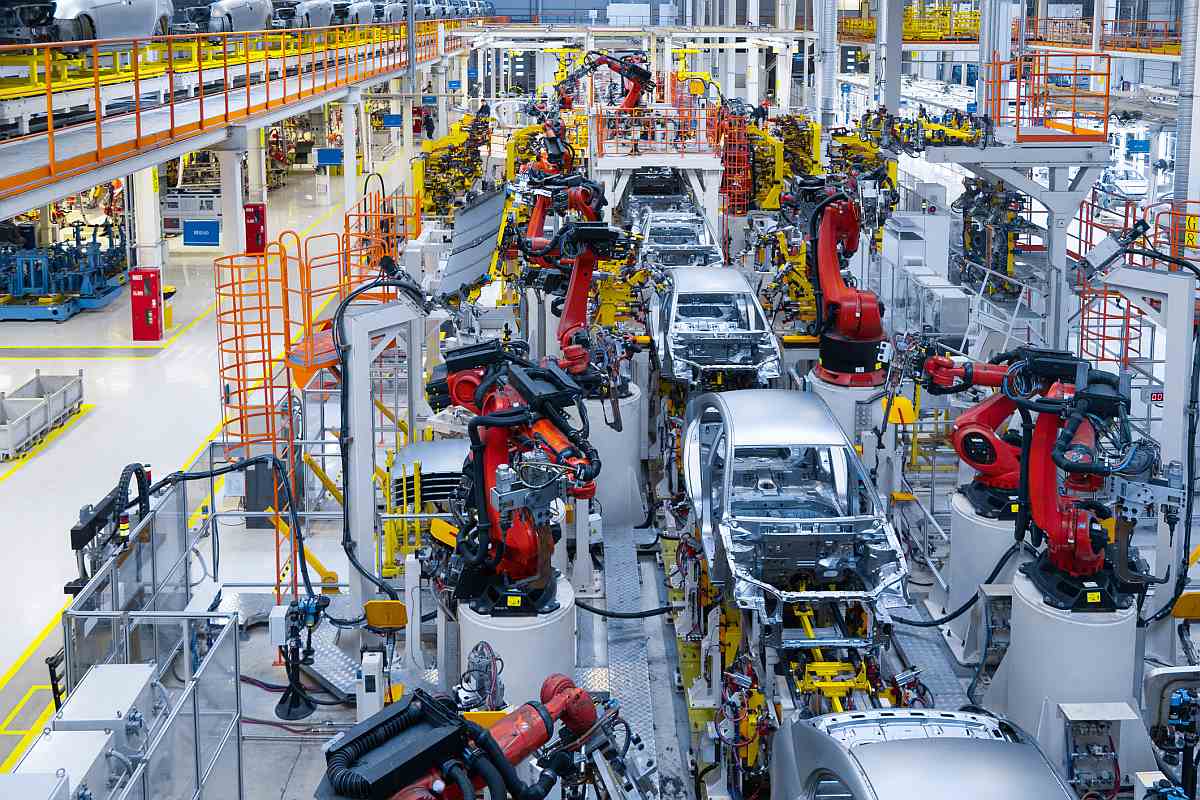The retail sales of automobile in India grew by an impressive 14 per cent in July compared to the same period last year, data released by the Federation of Automobile Dealers Associations (FADA) said on Monday.
The growth was driven by a surge in rural economy in parts of the country, good product availability and launch of new products.
Sequentially too, the automobile sales saw a 7.3 per cent jump. In June, there was a flat 0.73% year-on-year (Y-o-Y) growth in the sales.
Further, the data said there has been a sharp jump in two-wheelers (2W) sales which grew by 17 per cent. Passenger vehicles (PV) were not behind as it registered a 10 per cent Y-o-Y increase in July.
The data further highlighted that the inventory levels have surged to a historic high of 67-72 days in PVs, equating to ~73,000 crore worth of stock.
This poses a substantial risk for dealer sustainability. Among the other categories, three wheelers (3W) grew by 13 per cent, and commercial vehicles by 6%.
Tractors continued to underperform, falling by 12% year-on-year. PV sales saw a robust growth, driven by new model launches and attractive pricing strategies.
Commercial Vehicle retail sales showed a 6% year-on-year (Y-o-Y) growth, with dealers reporting mixed sentiments.
Positive factors included growth in the construction and mining sectors, while challenges such as continuous rainfall, negative rural market sentiment, poor finance availability, and high vehicle prices were also noted.
Some dealers achieved growth through small bulk deals and leveraging increased market reach and product acceptability.
CS Vigneshwar, vice president, FADA, said, “The 2W segment experienced notable growth due to a thriving rural economy, positive monsoon effects, and government support programs enhancing rural incomes.”
“The introduction of new products and better stock availability also contributed significantly, despite market slowdowns in certain regions, excessive rains, and increased competition.”












